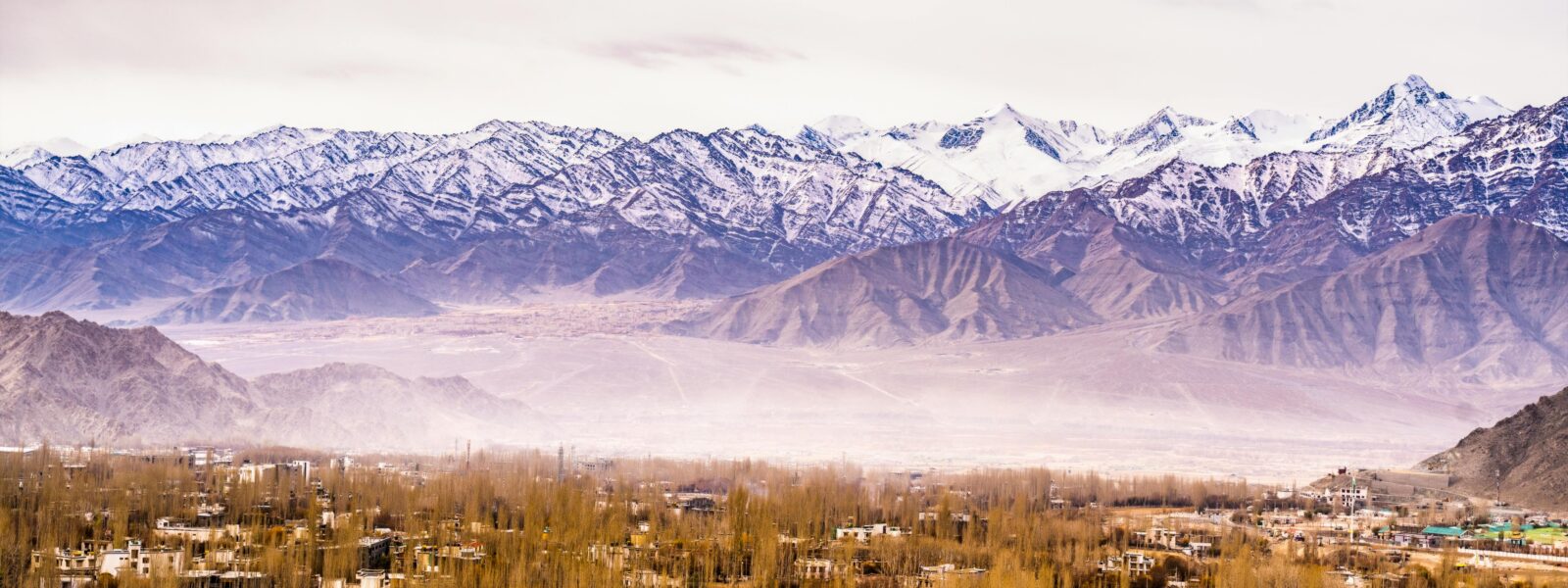The Quiet Demands of a High-Altitude Civilization
By Declan P. O’Connor
Introduction — The Difference Between Travel Advice and Paying Attention
Why “Ladakh Travel Tips” Are Not Just Another Checklist
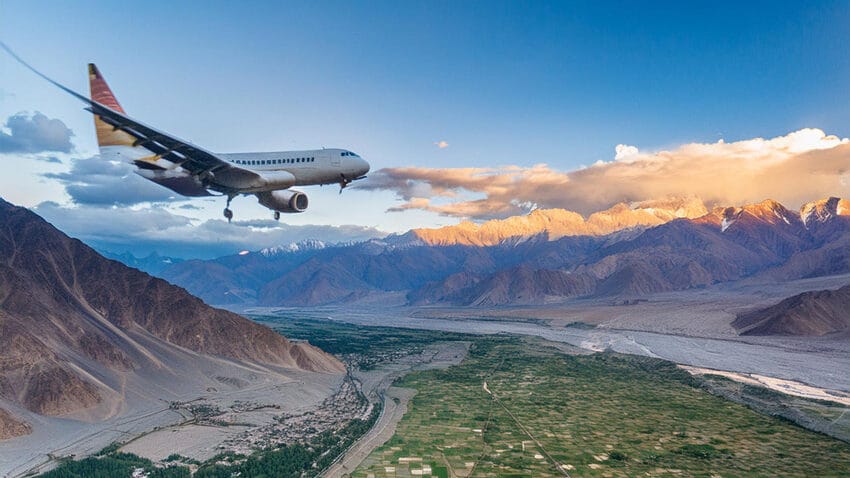
Every European traveller has read a hundred articles that promise “essential travel tips” before they even open their browser. They blend together: what to pack, how much cash to carry, which apps to download. It is tempting to file Ladakh under the same mental folder, as if a short list of Ladakh travel tips were simply another checklist to scroll through on the way to the airport. But the moment you start preparing for a journey into high-altitude India, the ordinary logic of travel advice begins to fray at the edges. You realise this is not just a different place; it is a different way that place, time and body relate to one another.
Ladakh asks more from you than a quick glance at a packing list. It invites you to reconsider the assumptions behind how you usually travel. At sea level, you can treat your body as something that quietly cooperates in the background. You can over-schedule, rush from train to museum to restaurant, and still tell yourself you are “making the most” of your days. At 3,500 metres and above, that illusion disappears. The most important Ladakh travel tips are not about how to squeeze more in, but how to surrender to less. Less rushing, fewer expectations, more humility before a landscape that does not negotiate.
To arrive in Ladakh with only information is to arrive half-prepared. The other half is a kind of interior adjustment: a willingness to let your heart rate, your itinerary and even your sense of achievement be redefined by altitude. This guide gathers practical Ladakh travel tips, of course, but it does so in service of something deeper: helping you become the kind of traveller this region deserves, long before your plane begins its descent into Leh.
The European Itinerary Meets a Himalayan Timescale
European travel culture loves the itinerary that reads like a résumé: so many cities, so many sights, so many nights. We measure value in movement, in how many borders we cross, in how efficiently we convert days of annual leave into a sequence of photographs. When those instincts meet Ladakh, there is friction. The mountains do not care that you have only ten days off. The roads do not care that you have bookmarked three valleys and two lakes. Your red-eye flight and your colour-coded schedule are irrelevant to the thin air waiting for you at the top of the first small hill in Leh.
That is why honest Ladakh travel tips sound almost subversive to a European ear. They say: fly in, and then do almost nothing for the first forty-eight hours. They say: resist the urge to book a high pass, a remote valley and a famous lake all within two days of landing. They say: measure your visit not in how far you go, but in whether you can still sleep, breathe and think clearly by the end of the week. It feels like a rebuke to everything you have been taught about “getting the most” out of a trip.
Yet this slowing is not a punishment; it is an education. The most reliable Ladakh travel tips are a quiet campaign against your own impatience. They are not trying to limit you; they are trying to keep you present, conscious and well enough to understand where you are. To prepare for Ladakh is to accept that efficiency is not the highest value here. Survival, respect and attentiveness come first, and the rest of your journey must be built upon them.
Understanding Ladakh Before You Arrive
A Land Where Geography Shapes Behavior
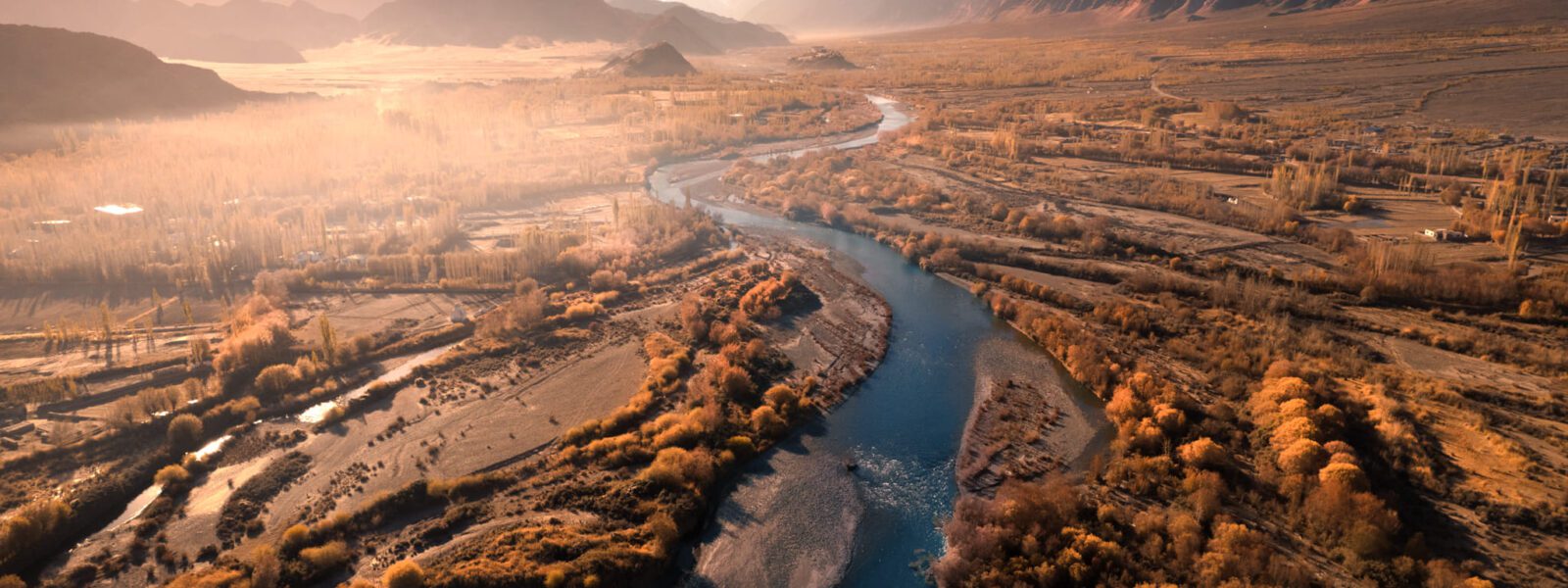
On a map, Ladakh looks like a remote corner of northern India, a high-altitude plateau squeezed between ranges whose names you might vaguely remember from school. On the ground, it quickly becomes clear that geography here is not background; it is the organising principle of everything. Villages cling to narrow ribbons of green along rivers because water, not convenience, determines where people may live. The sun’s angle decides when fields can be worked, and the freeze of winter decides when roads and passes slip out of use as if swallowed by another season.
Meaningful Ladakh travel tips begin with this admission: you are entering a place where geography still wins every argument. It decides how long journeys take, how much food can be grown, how communities trade and how monasteries anchor themselves to cliffs above the valley floor. To Europeans accustomed to trains that depart by the minute and motorways that simply carve through the landscape, this can feel like stepping back into an earlier chapter of history. But for the people who live here, it is simply the grammar of daily life.
When a local driver says a road will open “if the weather allows,” he is not being evasive; he is speaking a truth that has governed generations. When itineraries must bend because a pass has closed, it is not a failure of planning; it is geography asserting itself once again. The most honest Ladakh travel tips do not tell you how to overcome this reality. Instead, they tell you how to fall into step with it, to accept that in this corner of the Himalaya, the landscape is the first authority, and humans are still wise enough to listen.
The Thin Air That Slows You—And Why That’s Good
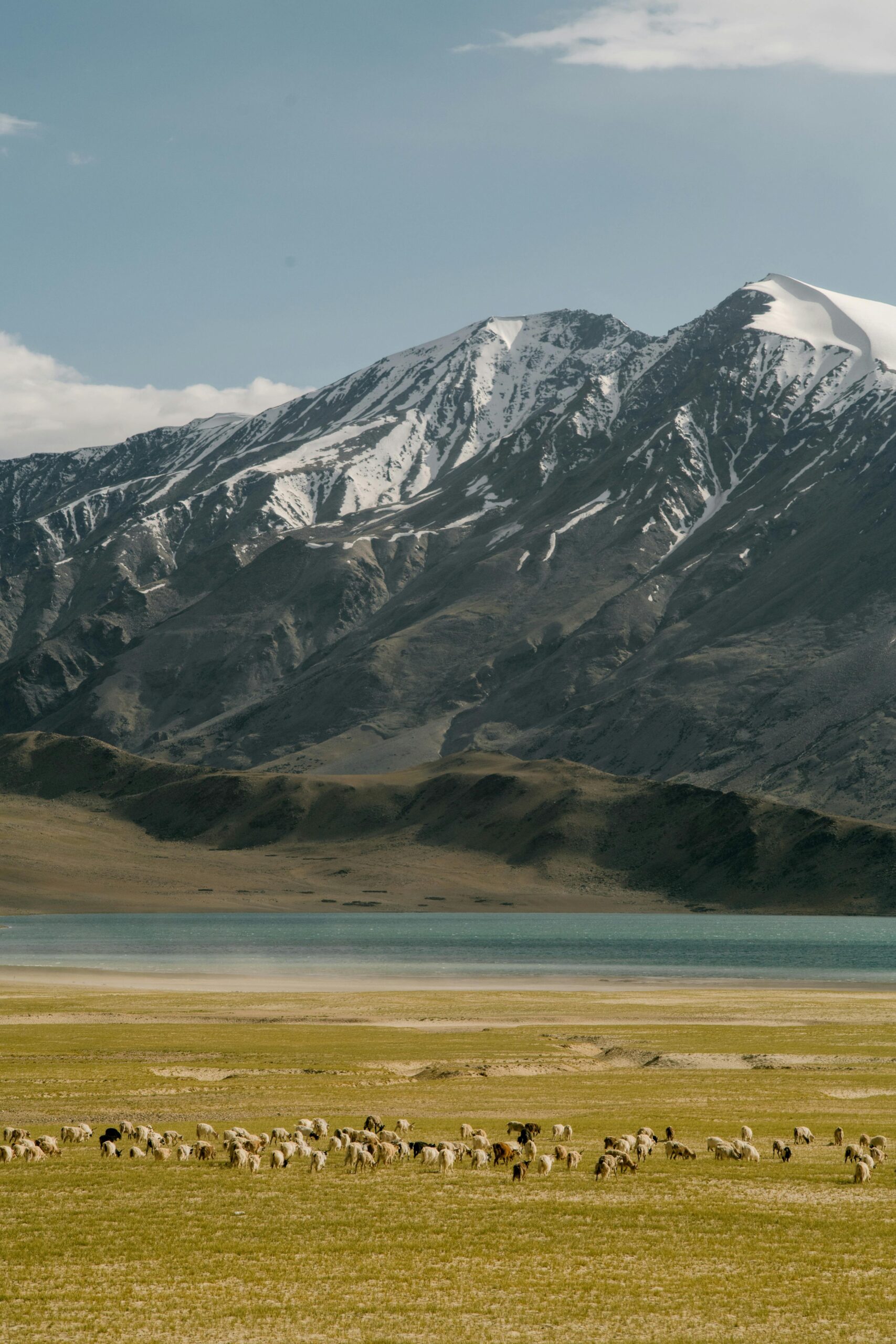
To understand Ladakh, you must first understand what altitude does to the human body. Not in the abstract, but in the mundane details: the shortness of breath when you climb a few stairs, the mild headache that appears after an afternoon walk, the way your sleep becomes lighter and more restless. These are not signs of weakness or failure; they are signals that your body is trying to negotiate a new contract with the air itself. Any set of Ladakh travel tips that ignores this is not only incomplete, it is dangerous.
For many travellers, the instinct is to treat these sensations as obstacles to be pushed through. We drink another coffee, take another tablet, insist that we are fine. But the thin air here is not asking if you are strong enough; it is asking whether you will listen. Authentic Ladakh travel tips insist on the opposite of bravado: hydrate more than you think you need, rest before you feel exhausted, give your body days—not hours—to adjust. The reward for this patience is not merely the absence of altitude sickness, but the presence of a slower, deeper experience of the place.
There is a hidden gift in this vulnerability. When you cannot rush, you begin to notice. The way the light moves across the mountains during a single, unhurried afternoon. The rhythm of prayer flags in the afternoon wind. The pace at which locals walk, unhurried yet purposeful. In that sense, the thin air does not simply slow you; it recalibrates you. It takes the European habit of consuming destinations and quietly replaces it with a more honest, more fragile, more human way of being somewhere.
Why Distances Are Measured in Time, Not Kilometers
Ask a Ladakhi driver how far it is to a particular village, and you are unlikely to receive an answer in kilometres. You will hear instead about hours, about passes, about whether there is fresh snow or old ice, about whether the army convoy has moved that morning or not. This can feel imprecise to a traveller used to mapping apps and estimated arrival times. Yet it is one of the most revealing Ladakh travel tips you can absorb before arrival: distance here is a negotiation with conditions, not a simple matter of numbers on a road sign.
The same route can be three hours on a clear day and six on a troubled one. Landslides, roadworks, sudden weather changes—these are not exceptions but recurring characters in the story of the road. When you plan your journey through Ladakh using only kilometres and driving speeds, you are planning for a world that does not exist here. To make peace with this is not to lower your standards; it is to align your expectations with reality. Those who do so find that their frustration softens into curiosity. The journey becomes less about “making good time” and more about seeing what time reveals.
Perhaps the most counterintuitive piece of Ladakh travel advice is this: build emptiness into your schedule on purpose. Leave margins between destinations that feel almost wasteful when you look at the map. Those margins will be filled not only by delays, but by unplanned stops, roadside tea, conversations translated three ways, and sudden vistas that demand more than a quick photograph through the window. In a landscape where distance is measured in hours of attention, not in digits on a dashboard, this is not indulgence. It is the only way the journey makes sense.
Crucial Travel Tips Every Visitor Should Know Before Landing in Leh
The First 48 Hours: What To Do, What To Avoid
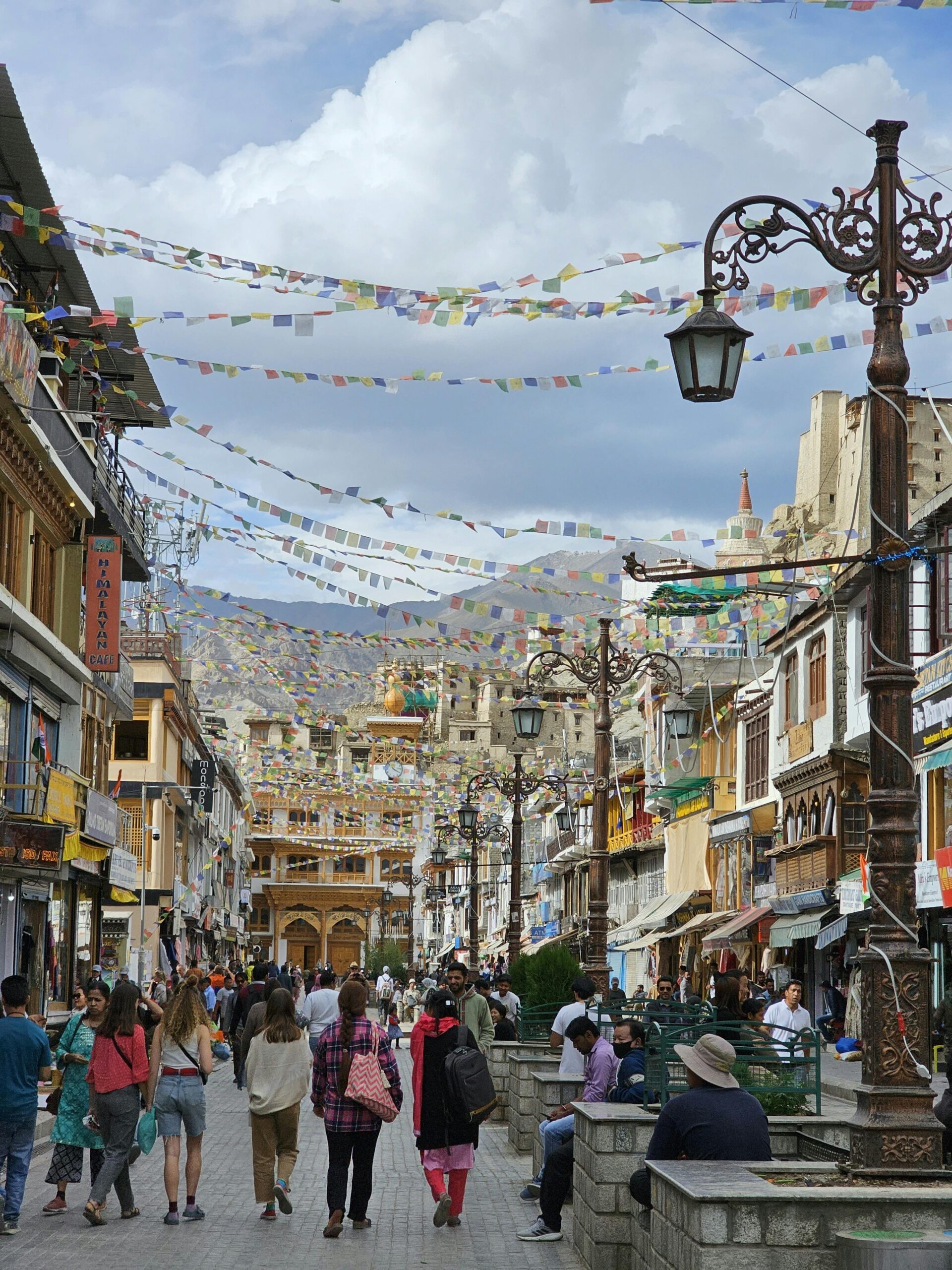
The most generous thing you can do for your future self in Ladakh is to underachieve during your first forty-eight hours in Leh. This is the opposite of how many Europeans are used to travelling. We tend to treat the first day as an opportunity to “get a jump” on sightseeing, to start earning the sense that we are using our time well. In Ladakh, the most responsible Ladakh travel tips all tell you the same story: the first two days are not for conquering altitude, but for introducing yourself to it.
That introduction is simple but not glamorous. Drink more water than feels natural, and add warm herbal tea to the rotation. Walk slowly through the town, noticing how your breath responds to the mild inclines, and be honest when fatigue arrives sooner than you expect. Eat light meals, favouring soups and simple dishes over heavy feasts. Sleep whenever your body suggests it might be a good idea. It is tempting to treat these practices as optional “nice-to-haves,” but they are, in fact, the foundation on which the rest of your Ladakh travel tips quietly depend.
Equally important is what you avoid. Do not rush to book a same-day drive over a high pass or an aggressive hike just to feel that you have started. Do not treat mild symptoms—headache, short breath, nausea—as signs of weakness that must be suppressed. They are messages, not enemies. And resist social pressure, whether from other travellers or from your own ego, to prove that you are the sort of person who can “handle” altitude. The mountains do not award you points for pride. They reward those who begin their visit with caution, curiosity and respect.
The Unseen Risks: Weather, Roads, and High Passes That Close Without Notice
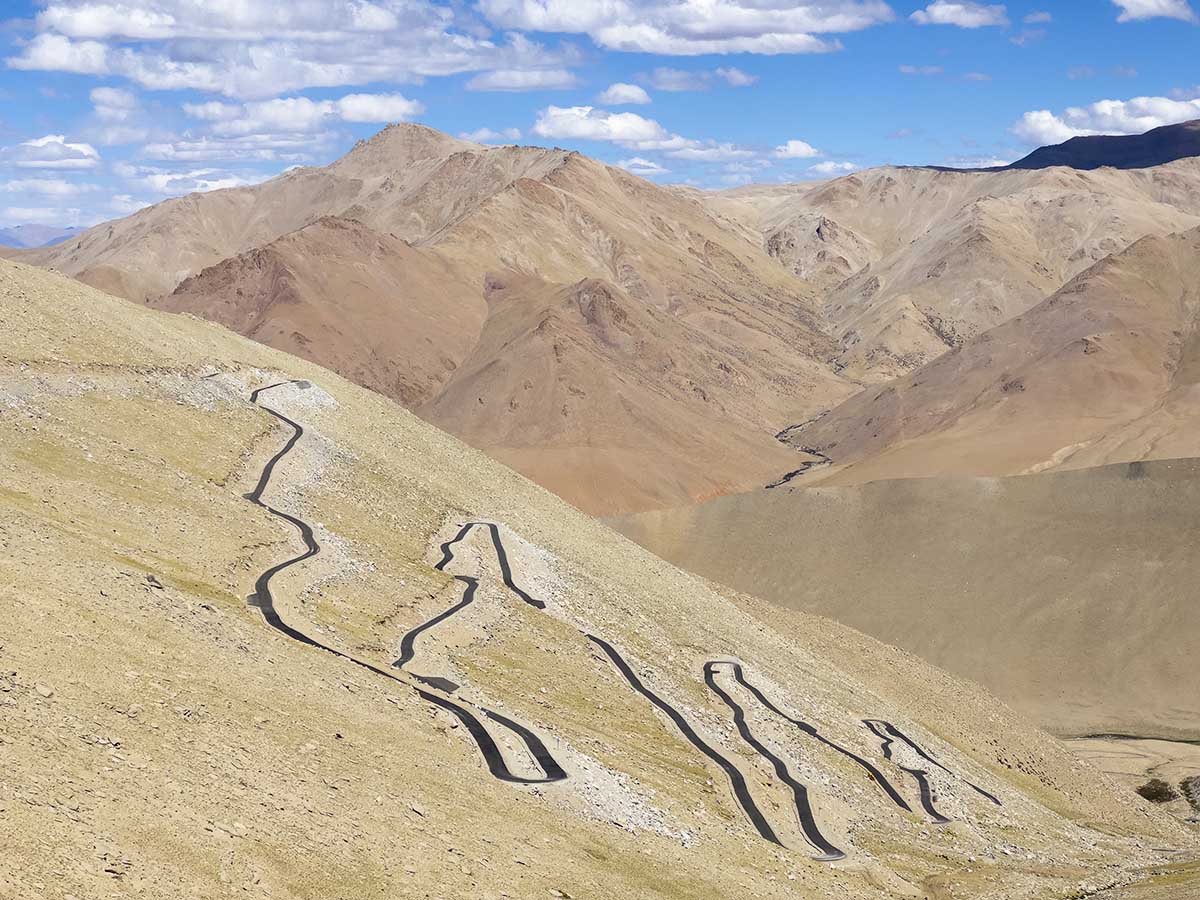
Most travel risks are easy to name: lost luggage, delayed flights, misplaced passports. Ladakh adds a quieter category of risk, one that reveals itself in the tension between weather, roads and altitude. A clear blue morning can dissolve into cloud and sleet by afternoon. A road that seemed perfectly passable on the map may close halfway along, blocked by a landslide or a silent column of trucks. The passes that anchor so many Ladakh itineraries can be open on paper yet closed in practice, guarded by snowfall, ice or the simple decision of an overworked official.
Among the most realistic Ladakh travel tips is this: assume that at least one element of your plan will be rewritten by conditions you cannot control. This is not alarmism; it is a statement of how things work in a high-altitude region still shaped by seasons rather than schedules. Talk to local drivers and guesthouse owners. Ask not only whether a route is technically open, but how it has felt to use it in the last week. Build into your mind the idea that a “no” from the mountains is not a personal inconvenience, but a boundary that may save you from real trouble higher up.
In Ladakh, a wise driver once told me, “the mountain is always open, but the road is not.” It was his way of saying that the landscape will outlast every itinerary—and that prudence is itself a form of reverence.
Unseen risk, in this context, is less about danger lurking around every corner and more about the humility to accept partial information. Satellite forecasts, online maps and social media updates can help, but they cannot replace the judgement of those who live with these roads year-round. The best Ladakh travel tips teach you not how to eliminate uncertainty, but how to live with it: by travelling with extra time, by accepting changes, and by recognising that sometimes the most responsible decision is to turn back.
Local Etiquette Every Traveler Gets Wrong
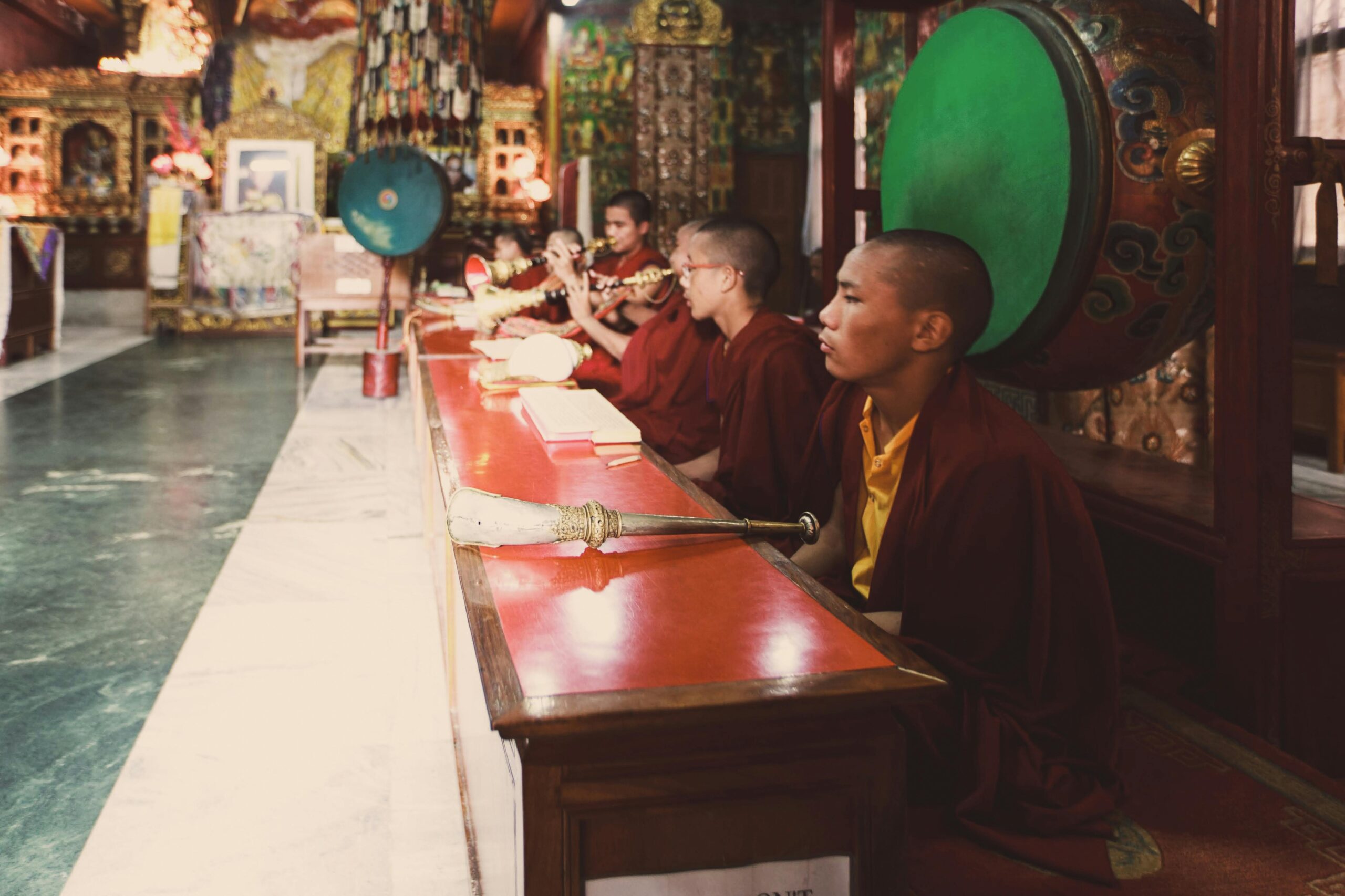
It is easy to imagine that good manners are universal and that your European sense of politeness will translate smoothly into Ladakh. In some ways, it will. Respect, quietness in sacred spaces, and gratitude for hospitality travel well. Yet there are specific forms of etiquette here that many visitors, even well-intentioned ones, get wrong. Ladakh travel tips are not complete unless they address these subtle but important expectations, which are less about rigid rules and more about understanding what is being honoured in each interaction.
Photography is one example. Monasteries, village homes and prayer sites can seem irresistibly photogenic, and they are. But a camera pointed at a chanting monk, a praying woman or a private household is not just a technical act; it is a moral one. Ask before you photograph people, and be prepared to accept “no” without argument. When entering monasteries, follow the lead of locals: remove shoes where they do, walk clockwise around sacred spaces, and keep conversation low. Offerings of small notes or coins in donation boxes are appreciated, especially when you have spent time in a temple.
Hospitality has its own nuances. If you are invited for tea in a village, understand that saying “yes” means more than accepting a hot drink. It means entering a small circle of trust. Sit, listen, and allow silence to exist without rushing to fill it. Refill your cup when encouraged, but know that finishing every last drop is less important than the atmosphere of shared time. Thoughtful Ladakh travel tips remind you that courtesy here is measured not in perfect ritual performance, but in willingness to be present, unhurried and genuinely interested in the people whose home you are briefly sharing.
How to Prepare Before Arrival — The Packing, the Mindset, the Permissions
The Packing List That Makes Sense at 3,500 Metres
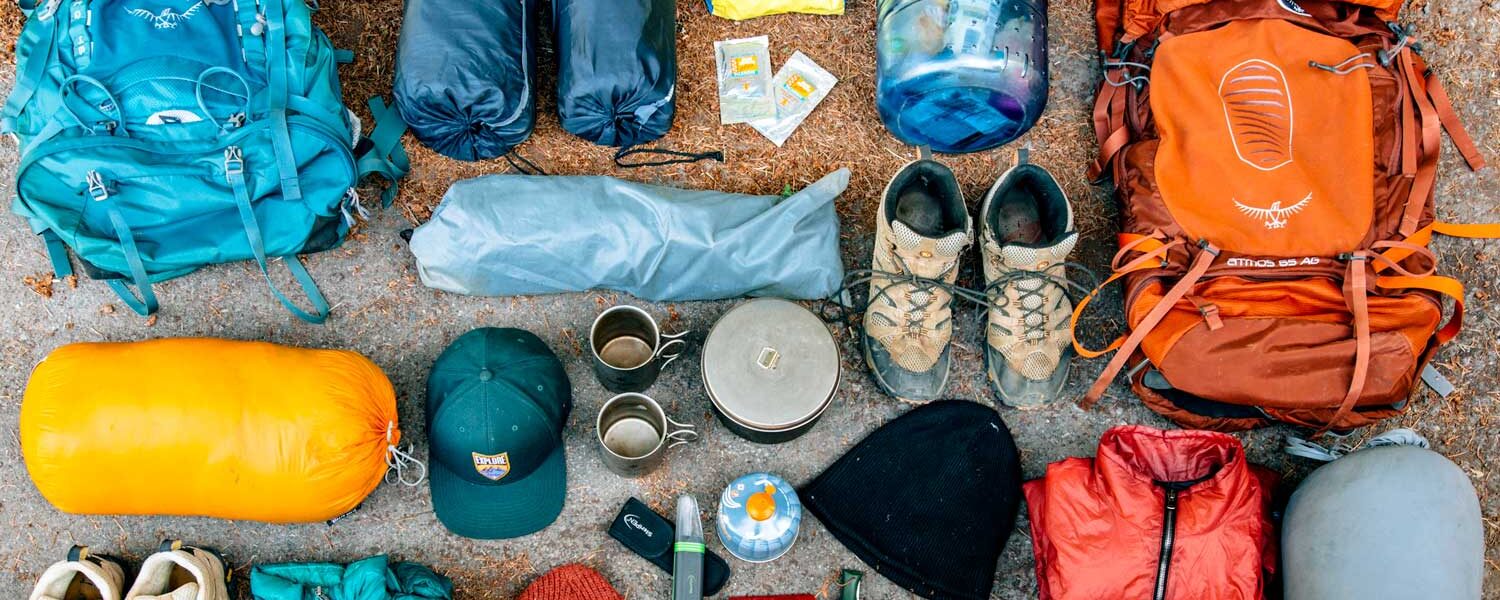
Every journey begins with a suitcase or a backpack sprawled open on a bed somewhere in Europe. It is here, before the first boarding pass is printed, that some of the most practical Ladakh travel tips can spare you discomfort later. The question is not simply “what do I need?” but “what will still matter when I am short of breath, far from a pharmacy, and facing a ten-degree temperature drop between sun and shade?”
Layers matter more than fashion. Pack a base layer that wicks moisture, a warm mid-layer such as fleece or light wool, and an outer layer that resists wind and light rain. Add a hat that covers your ears, gloves that you can still use a camera with, and warm socks that bring you comfort inside guesthouses at night. Good sunglasses and high-SPF sunscreen are non-negotiable; the sun at altitude is less forgiving than you expect. Thoughtful Ladakh travel tips also include a small pharmacy: pain relief, something for an upset stomach, rehydration salts, and any personal medication in more than sufficient quantity.
Equally important is what not to bring. Heavy books you will never open, extra outfits that only serve the camera, shoes that are stylish but unsteady on gravel—these are burdens, not assets, in a place where every gram feels heavier at altitude. Pack instead with a sense of respect for your future self. The goal is not to look impressive in every photograph, but to remain healthy, warm and able to pay attention to where you are. Minimalism, here, is not an aesthetic; it is a survival strategy disguised as elegance.
Phone Networks, Cash Reality, and the Illusion of “Connectivity”
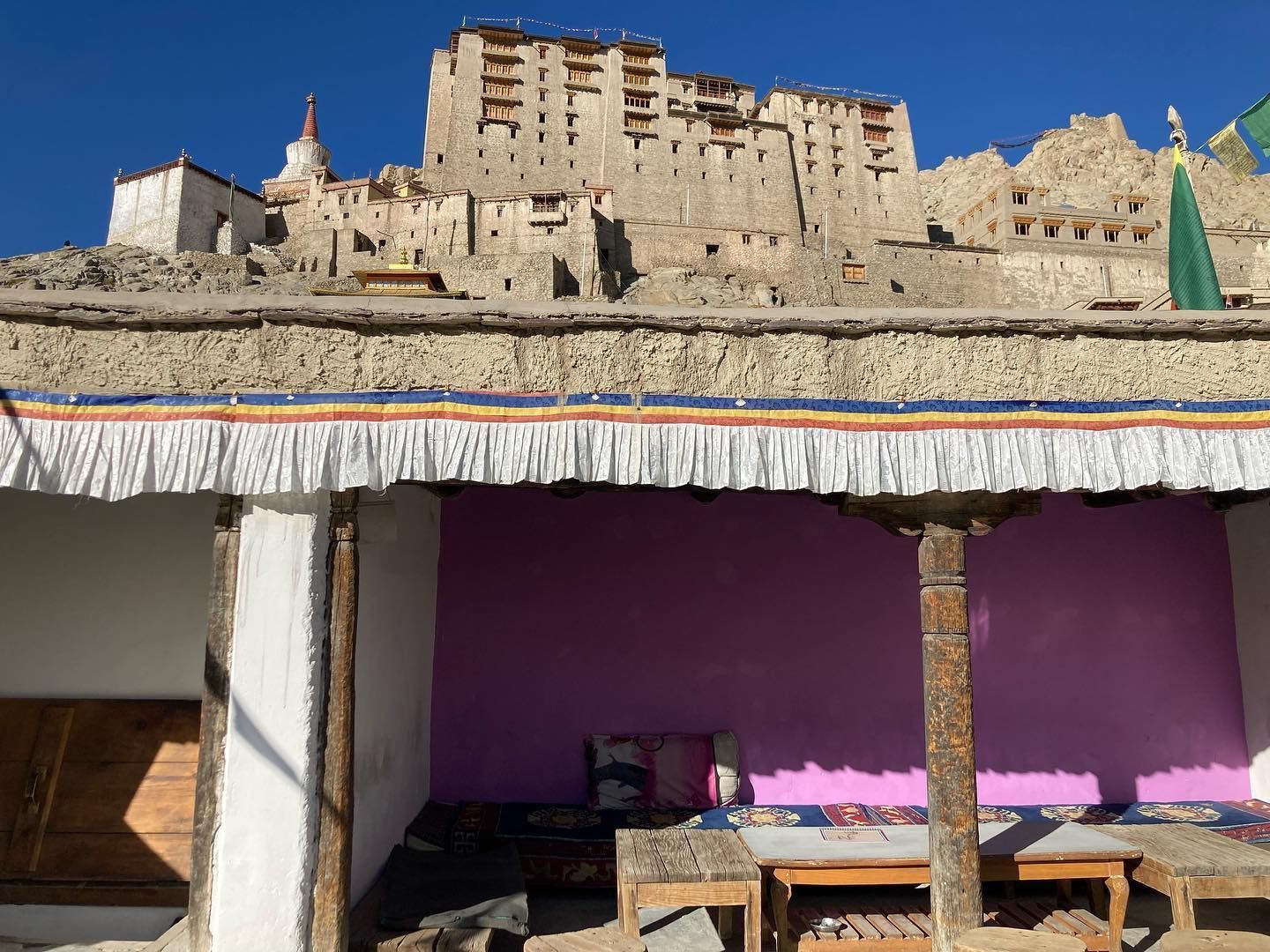
One of the quiet shocks awaiting many European visitors is that the word “connected” means something different in Ladakh. At home, we assume that any destination with hotels and cafés will come with stable mobile data and a scattering of Wi-Fi networks. In Ladakh, coverage is patchy outside main towns, and even within them it can be fragile. Calling this an inconvenience misses the point. It is an invitation to confront how dependent we have become on constant digital reassurance.
Realistic Ladakh travel tips encourage you to prepare both practically and psychologically. Check which Indian networks currently have the most reliable coverage in Ladakh, but do not expect miracles. Download offline maps, language tools and reading material before you travel. Tell family and friends that there may be stretches of days when you are simply unreachable. Not endlessly updating social feeds is not a sign that something has gone wrong; it is a sign that you are where you said you wanted to be.
Then there is the matter of money. Card machines can fail, ATMs can run dry, and small businesses may operate entirely in cash. Carry more local currency than feels necessary in a European city, stored in different places in your baggage. Accept that prices may occasionally be higher where supply routes are long and fragile. The best Ladakh travel tips do not romanticise inconvenience, but they do suggest that a region where connection and cash cannot be summoned instantly is a region that quietly resists the more frantic habits of the twenty-first century. That resistance, uncomfortable as it can be, is part of why you are coming.
Inner Line Permits and the Administrative Time-Warp
Beyond the town limits of Leh lie valleys and lakes that many travellers dream of: border areas, high passes, remote settlements. Accessing some of these requires what are known as Inner Line Permits, a reminder that Ladakh is not just a landscape but a strategically sensitive region. For a European accustomed to seamless Schengen travel, the idea of paperwork for a domestic journey can feel oddly antiquated. Yet these administrative rituals are part of the fabric of travel here, and any set of Ladakh travel tips that omits them is leaving you half-prepared.
In practice, permits are usually straightforward, especially when arranged through a local agency or guesthouse that knows the current procedures. What matters is less the complexity than the timing. Offices have opening hours that do not bend to your arrival time, holidays that can quietly close a counter, and queues that reflect how many others are trying to reach the same valleys that week. Build permit time into your first days rather than treating it as an afterthought. Doing so turns an annoying chore into a small ritual of entry, a moment when you formally acknowledge that you are a guest in a region that still guards its thresholds.
There is a strange intimacy in signing your name on a form that grants you temporary access to places whose histories stretch far beyond your presence. It is a reminder that travel is never entirely private; it is always entangled with politics, security and the quiet anxieties of states. Honest Ladakh travel tips encourage you not only to comply with these requirements but to see them as part of the story you are entering. Within that story, your passport stamps and permit copies are small, almost fragile artefacts of your crossing.
Learning to See — How to Travel Ladakh Without Rushing Through It
The Ethics of Moving Slowly in a Fast World
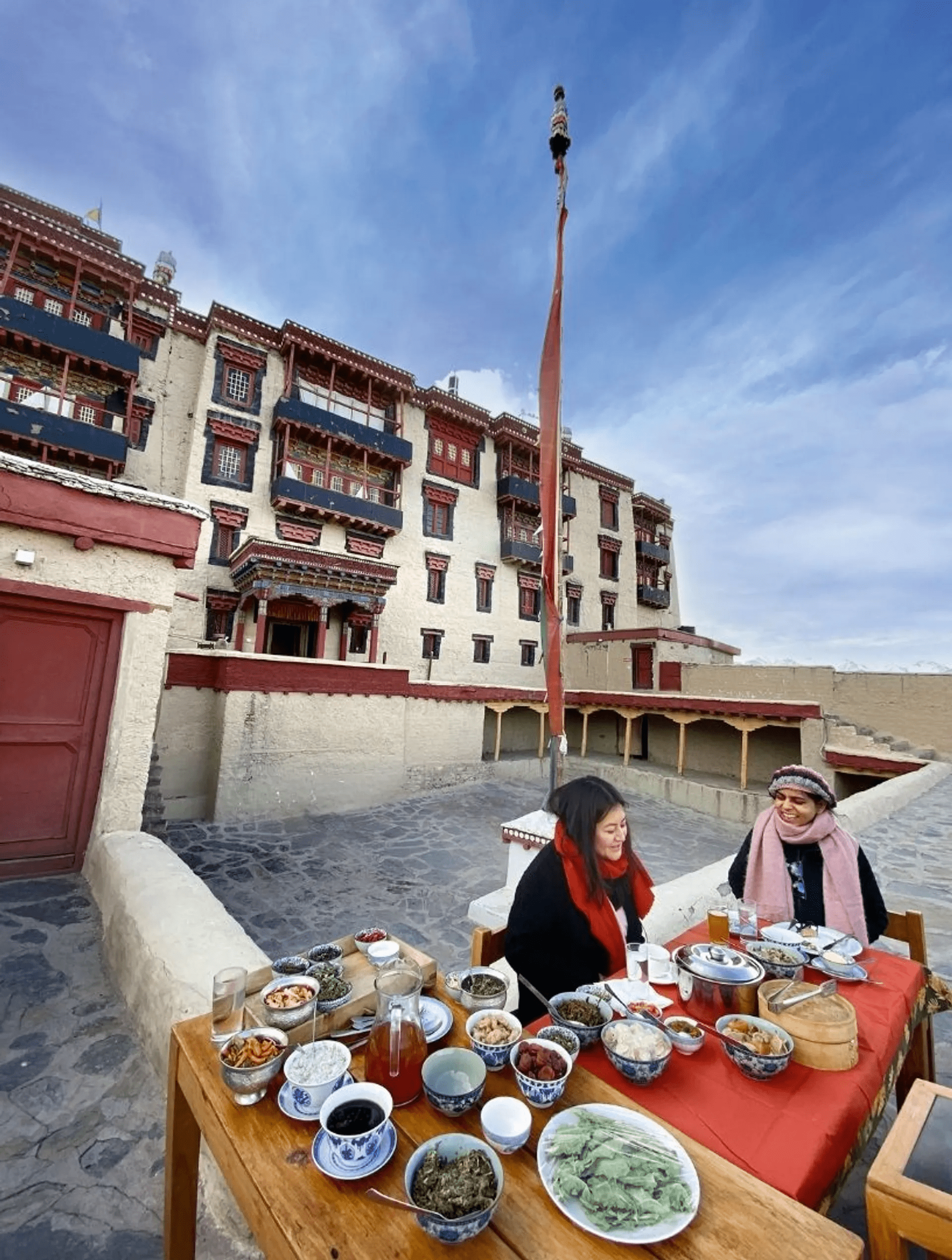
Slowness, in much of contemporary Europe, is a luxury marketed to those who can afford spa weekends and digital detox retreats. In Ladakh, slowness is not a lifestyle choice; it is the default setting imposed by altitude, infrastructure and tradition. To travel here without rushing is not a romantic flourish but an ethical stance. It means recognising that the people who host you cannot speed up harvests, melt snow on passes, or rearrange religious festivals to fit into your ten-day window. The most thoughtful Ladakh travel tips are, in the end, invitations to decency.
Moving slowly is not merely about walking at half your usual pace. It is about making peace with the idea that you will not “see everything,” that some valleys will remain names on a map rather than coordinates in your photo archive. It is about declining the temptation to turn every spare hour into an “optional excursion” and instead allowing unprogrammed time: to sit in a courtyard, to drink tea with your hosts, to listen to conversations in languages you do not understand. This restraint is not a loss; it is the condition for any meaningful gain.
When you let go of the desire to collect experiences, you begin to notice the ones that arrive uninvited: a neighbour’s casual explanation of irrigation channels, a child reciting their lessons in a mix of local language and accented English, the long pause before an elder answers your question. Authentic Ladakh travel tips point away from the frantic search for moments that look good online and toward a quieter ethic: to move in a way that leaves room for the place to speak back.
Letting the Landscape Correct Your Expectations
Expectations are the silent companions of every journey. They board planes with us, stand in hotel lobbies with us, and whisper behind our shoulders as we gaze at mountains that never quite match the images we had saved. Ladakh, perhaps more than many destinations, offers you a choice: cling to those expectations and be disappointed, or let the landscape correct them. The most mature Ladakh travel tips suggest the latter, not as a surrender but as a form of honesty.
Perhaps you imagined endless blue skies, only to arrive in a week of dust and wind. Perhaps you had pictured yourself striding effortlessly along high trails, but find instead that altitude limits you to shorter, humbler walks. Perhaps you expected “untouched” villages and discover satellite dishes and school uniforms instead. Each of these moments is an invitation to revise the story you brought with you. The question is whether you will accept the edit or insist that the place is wrong for failing to meet your script.
When you allow Ladakh to rewrite your expectations, something subtle happens. Annoyance gives way to curiosity; disappointment loosens into interest. You realise that Ladakh travel tips about weather, roads and altitude were not so much warnings as an attempt to tell you: this is not a backdrop for your self-image. It is a living region, with its own priorities, its own timelines, its own compromises with modernity. To travel here well is to adjust not just your plans but your sense of what it means for a trip to “go right.”
Why Ladakh Rewards Those Who Listen
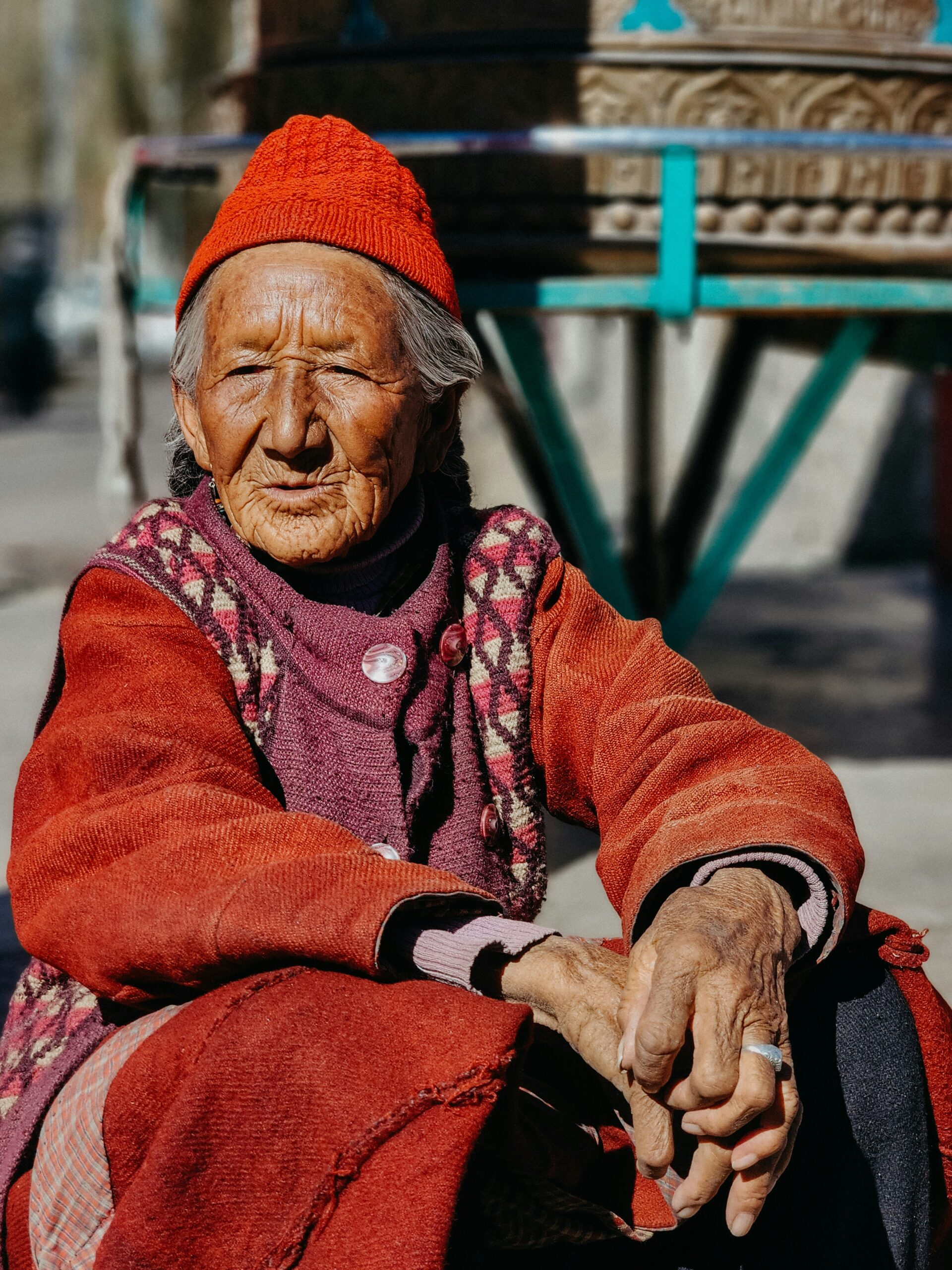
Listening is one of the least glamorous verbs in travel writing, yet it might be the most necessary in Ladakh. To listen here means more than hearing words. It means paying attention to what is not said, to the weight of pauses, to the way stories trail off when they approach subjects that are still painful or politically sensitive. It means noticing the rhythm of daily life: the early morning movements toward fields, the evening gatherings around stoves, the small acts of care that keep communities functioning in winter.
Many Ladakh travel tips emphasise what you should see: monasteries, markets, viewpoints, rivers. Far fewer tell you how to listen: to the creak of prayer wheels, to the rising and falling of chants, to arguments over water allocation or schooling that echo concerns in European villages in a different key. Listening also means letting go of the urge to categorise everything too quickly. Not every detail needs to be slotted into a narrative about “authenticity” or “change.” Some can simply remain what they are: fragments of a life that continues after you have gone.
In a world that rewards constant commentary, refusing to speak for a while can feel uncomfortable. But those who come to Ladakh with the intention to listen—to their own bodies, to the land, to the people who live there—are rarely disappointed. They return with stories that feel less like trophies and more like responsibilities. In that sense, the most profound Ladakh travel tips are deceptively simple: travel with your ears and your conscience as open as your camera lens.
FAQ — Practical Questions European Travellers Ask Before Ladakh
What is the best month to visit Ladakh for a first-time traveller?
For most first-time visitors, the more settled months from late May to September offer the gentlest introduction to Ladakh. Roads are more likely to be open, guesthouses fully staffed, and temperatures less punishing than in the shoulder seasons, though nights can still be cold. Within that window, June and September often feel slightly calmer, with fewer peak-season crowds and a more measured rhythm in town and village life. No set of Ladakh travel tips can promise perfect weather, but arriving in these months gives you a better chance of a journey shaped by altitude and landscape, rather than constant disruptions from snow or closed passes.
How many days do I really need in Ladakh to travel safely and meaningfully?
If you are flying in and out of Leh, think in terms of at least ten to twelve days rather than a single rushed week. Two full days are best reserved for simple acclimatisation in and around town, and several more will be consumed by slow journeys to valleys or lakes that look deceptively close on the map. Staying longer allows you to build in rest days, to absorb inevitable changes in weather or road conditions, and to spend unhurried time in one or two places instead of endlessly transferring. The most realistic Ladakh travel tips insist that quality here depends less on how many destinations you tick off and more on whether you grant yourself enough time to adapt, observe and rest.
Is Ladakh safe for solo European travellers, including women?
Many solo travellers, including women, find Ladakh to be one of the more reassuring regions of the subcontinent, with low levels of street harassment and a village culture where strangers quickly become recognisable faces. That said, safety here has its own vocabulary. The main risks are often environmental rather than social: altitude, cold, isolated roads and long distances between settlements. Cautious Ladakh travel tips therefore emphasise combining social confidence with logistical humility. Choose reputable guesthouses and drivers, share your plans with hosts, avoid hiking alone off well-used paths, and respect local advice about weather or remote routes. In doing so, you align with a culture that values community responsibility as much as individual freedom.
Conclusion — The Traveler Ladakh Asks You to Become
A Different Kind of Readiness
By the time you step onto the tarmac in Leh, most of the visible preparations will already be finished. Your bags will be packed, your permits arranged, your guesthouse booked. The less visible work, however, will still be ongoing. It is the work of becoming the sort of traveller for whom Ladakh was not just another destination, but a quiet turning point. The best Ladakh travel tips are really about this transformation. They ask you to trade impatience for attentiveness, entitlement for curiosity, and certainty for a willingness to be interrupted by the unexpected.
Readiness, in this context, is not measured by how many guidebooks you have digested, but by how much space you are willing to leave in your plans and in yourself. It shows in the decision to rest when you had planned to rush, in the gracious acceptance of a road closure, in the way you handle the small frictions of altitude and culture without declaring them intolerable. It appears when you remember that you are a guest in a region whose people have built resilient lives in conditions you can barely imagine from your apartment in Paris, Berlin or Madrid.
Ladakh rewards such travellers quietly. Not with dramatic revelations or cinematic epiphanies, but with a slow accumulation of moments that refuse to be flattened into content: a conversation over butter tea that lingers in your mind for years, a silent hour watching clouds change the colour of a distant ridge, the simple relief of breathing easily again after days of careful acclimatisation. These are small things, but they are the building blocks of a different relationship to distance, difficulty and time.
In the end, the most enduring travel tips you carry home from Ladakh will not be about which café had the best momos or which viewpoint delivered the most spectacular photograph. They will be about how it felt to live, however briefly, according to the mountain’s tempo rather than your own. If you can allow that tempo to follow you back into your ordinary life—to soften your schedules, to humble your expectations, to open your ears a little wider—then Ladakh will not remain only a place you once visited. It will become a quiet teacher that still speaks, long after your plane has lifted off the plateau and turned back toward Europe.
Declan P. O’Connor is the narrative voice behind Life on the Planet Ladakh, a storytelling collective exploring the silence, culture, and resilience of Himalayan life. His columns invite readers to travel more slowly, listen more carefully, and let distance reshape what feels important.

